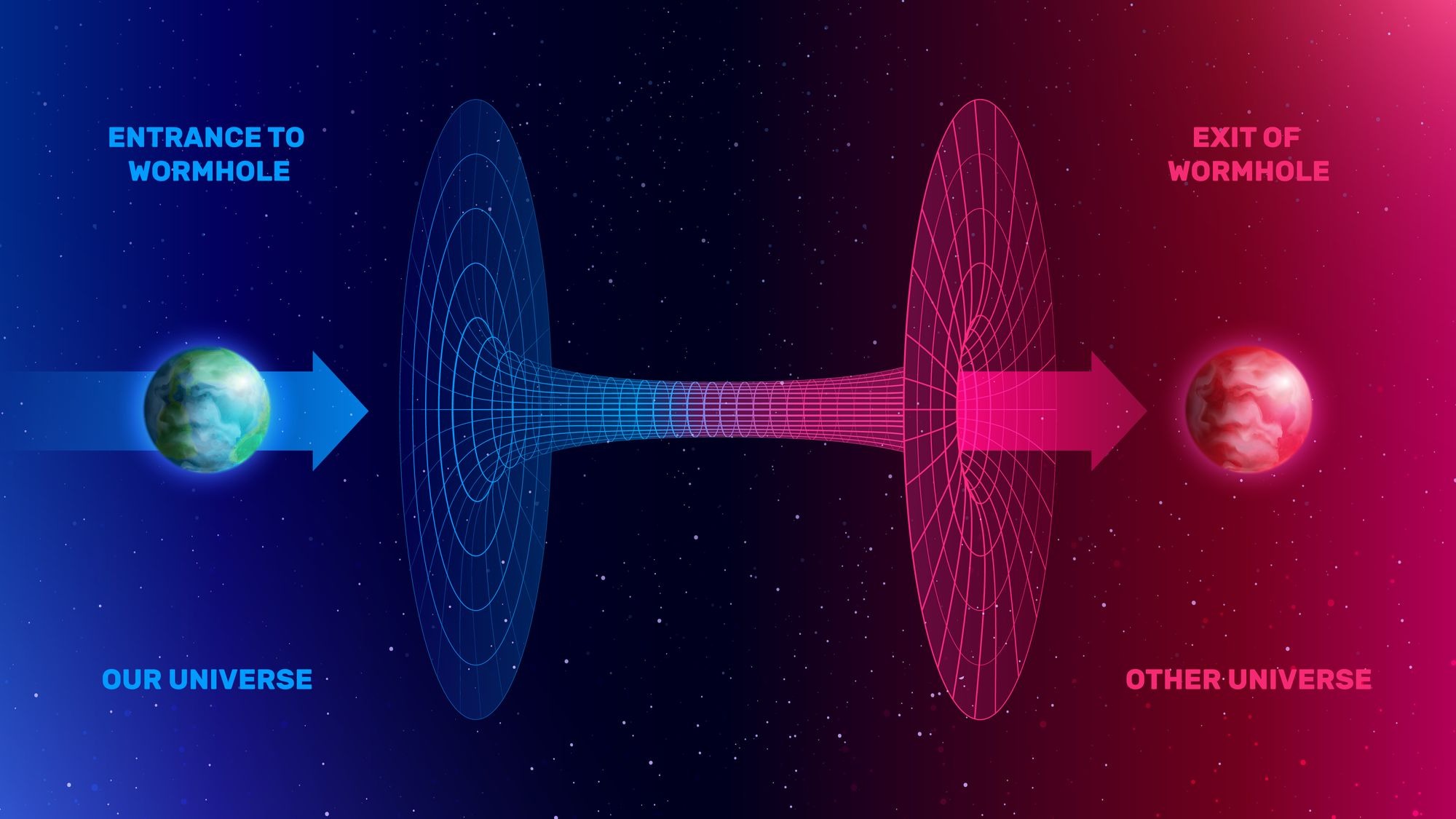Introduction:
The world of quantum mechanics is a realm where the rules of classical physics cease to apply, and the behavior of particles becomes bafflingly unpredictable. At the forefront of this field lies the Quantum Frontier, a domain where scientists delve into the mysteries of subatomic particles to unlock the potential of quantum technology. In this article, we explore the strange world of subatomic particles and how researchers are harnessing their properties at the Quantum Frontier.
Understanding Subatomic Particles:
Subatomic particles are the building blocks of matter, comprising protons, neutrons, and electrons. However, delving deeper into the quantum realm reveals a myriad of other particles, such as quarks, leptons, and bosons, each with unique properties and behaviors. Quantum mechanics dictates that these particles can exist in multiple states simultaneously and exhibit phenomena like entanglement and superposition, challenging our classical understanding of reality.
The Quantum Frontier:
The Quantum Frontier represents the cutting edge of research in quantum physics, where scientists explore the fundamental properties of subatomic particles and their applications in technology. At this frontier, researchers aim to harness the peculiarities of quantum mechanics to revolutionize computing, communication, and cryptography.
Quantum Computing:
One of the most promising applications of quantum mechanics is quantum computing, which leverages the principles of superposition and entanglement to perform calculations at unprecedented speeds. Unlike classical computers, which use bits to represent information as either 0 or 1, quantum computers use quantum bits, or qubits, which can exist in multiple states simultaneously. This enables quantum computers to tackle complex problems in cryptography, optimization, and simulation that are currently intractable for classical computers.
Quantum Communication:
Another area of research at the Quantum Frontier is quantum communication, which aims to develop secure communication protocols based on the principles of quantum mechanics. Quantum key distribution (QKD), for example, utilizes the quantum properties of photons to enable secure transmission of cryptographic keys between parties. By exploiting the unique features of quantum entanglement, quantum communication promises unbreakable encryption methods that could revolutionize cybersecurity.
Quantum Sensing and Metrology:
In addition to computing and communication, the Quantum Frontier encompasses research in quantum sensing and metrology, where scientists exploit quantum phenomena to enhance the precision of measurements. Quantum sensors, such as atomic clocks and magnetometers, utilize the quantum properties of atoms to achieve unparalleled levels of accuracy. These advances have applications in fields ranging from navigation and geophysics to medical imaging and environmental monitoring.
Challenges and Future Prospects:
Despite the remarkable progress made at the Quantum Frontier, significant challenges remain. Technical hurdles, such as qubit coherence and error correction, must be overcome to realize the full potential of quantum technologies. Additionally, ethical considerations surrounding quantum cryptography and the impact of quantum computing on cybersecurity require careful examination.
Looking ahead, the future of quantum research holds immense promise. As scientists continue to push the boundaries of our understanding of subatomic particles and their quantum behavior, the potential for transformative technologies that harness the strange world of quantum mechanics grows ever greater. The Quantum Frontier beckons, offering tantalizing glimpses into a future where the impossible becomes possible.

